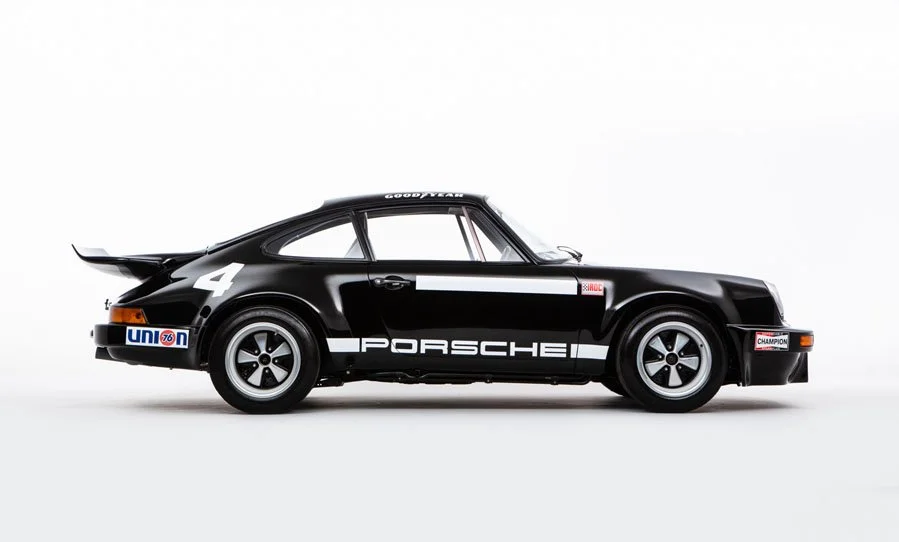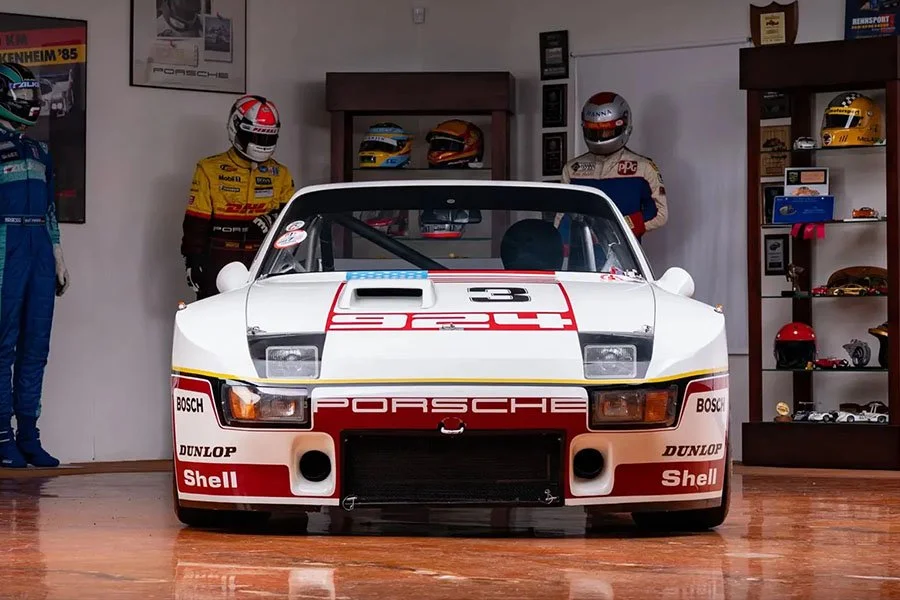One to Buy: Riverside-winning 1973 Porsche 911 3.0 Carrera RSR IROC
/ Ben Tyer
The inaugural International Race of Champions (IROC) was the brainchild of Roger Penske, Les Richter and Mike Phelps who wanted to create a winter series that would pitch the world’s top Formula 1, NASCAR, Can-Am and Indy car drivers against one another in identical machinery.
As a consequence of his long-standing relationship with Porsche (which included a number of dealerships and a factory-backed Can-Am programme), Penske went on to place an order for a batch of 15 special 911s at $25,000 apiece.

The 15 cars that Porsche produced for Penske mixed an array of components from the forthcoming 911 3.0 Carrera RS and RSR. Known as 911 3.0 Carrera RSR IROC, the entire batch was completed in September 1973 and immediately dispatched Los Angeles.
The IROC series kicked off with three heats at Riverside in late October 1973 followed by a Daytona finale in mid February of 1974.

Currently on offer with The Octane Collection in Horsham, West Sussex, is arguably the most successful IROC RSR of all: chassis 9114600124.
‘0124’ appeared just twice in the IROC series and won on both occasions. Its first victory came at the hands of George Follmer in the second Riverside heat and it subsequently took the chequered flag again with Mark Donohue in Heat 3 the following day.

The car was then sold to Al Holbert who ran it throughout 1973 in the IMSA and Trans-Am championships, during which the car picked up another four wins.
Unfortunately, an accident while testing brought ‘0124’s career to an end; it subsequently remained in Al Holbert’s workshop until 2007, since which time it has been superbly restored to its original IROC trim.






























































